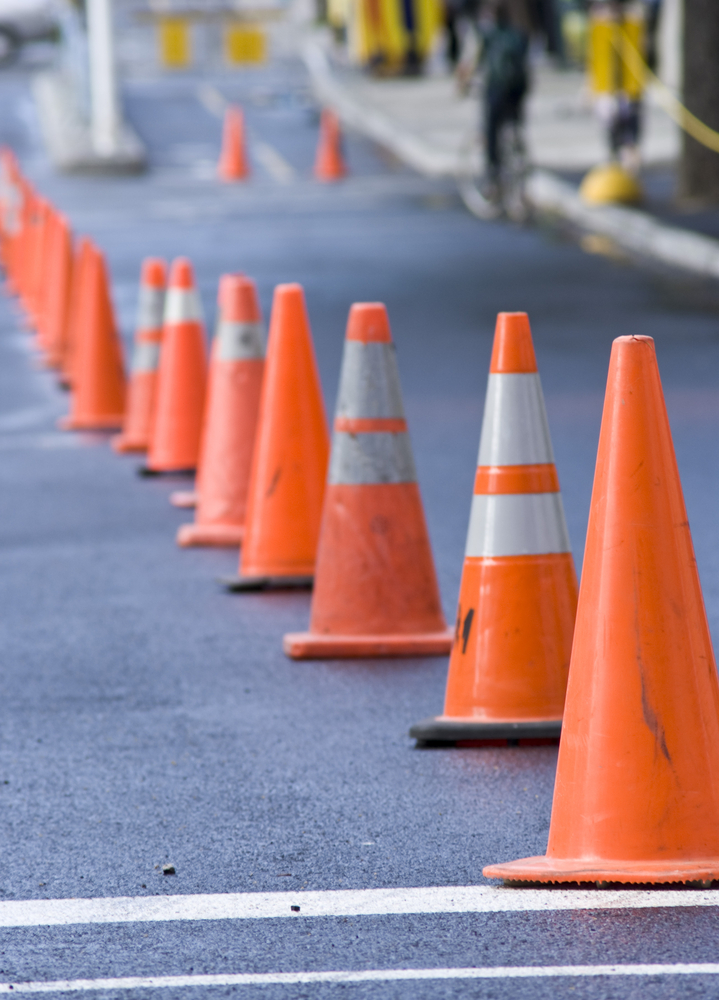
Any sign that’s posted on a highway needs to be visible—a lack of highway sign visibility in Vermont can quickly become a safety issue, especially if the sign is meant to alert people to upcoming hazards or to post speed limits. In some cases, the level of visibility a sign has could be the difference between an accident and no accident, or between life and death.
Drivers need to know how to adjust their driving and speed to areas that have hazards, such as slick pavement, upcoming work zones, merging lanes or other issues on the roads. When drivers don’t know that they need to make these adjustments, they could potentially lose control of their vehicles and cause accidents by crashing into dividers or oncoming traffic. It is also important that there are not too many signs clustered in an individual location, making it hard for people to know what to pay attention to. The placement of highway signs, then, is crucial to roadway safety.
Beyond making sure signs are placed properly, they also need to be designed in certain ways to make sure everyone on the road is able to see them. Elderly people with declining vision are more prone to accidents if warning signs don’t accommodate their vision problems. This is why there are federal standards in place for how highway signs should be designed, and why they’re consistent everywhere you go in the United States, no matter what.
Considering reflectivity
One of the big issues that factors into highway sign visibility in Vermont is the reflectivity of the sign. Reflective signs have saved many lives since their introduction, as the signs are much easier to see in the nighttime. About half or more of all traffic deaths occur at night, primarily due to that being the most common time where drunk driving is an issue, even though only about a quarter of all driving miles are logged after dark. For this reason, highway signs are regularly being retrofitted or redesigned with a retroreflective sheeting material.
Reflection is measured in SI units with a retroreflectometer. There are specific standards in place for reflectivity, and when the reflectivity of a sign deteriorates over time due to exposure to the sun’s ultraviolet rays, a measurement of the sign’s reflectivity helps authorities to determine when those signs need to be replaced. Beyond UV exposure, other causes of the deterioration include moisture, vandalism and long-term exposure to pollutants. Generally, you can expect signs to maintain reflectivity for five to 10 years.
Whenever signs are installed, they should also be marked with the date of installation so inspectors can easily check and see how much life they can expect to continue to get out of them. It makes the most sense to install signs in a given area all at the same time so they can be replaced all at the same time. This means you can avoid having to send out work crews to the same location multiple different times because you staggered the installation of your signs.
One other issue with signs is contrast. You generally see road signs with white letters on green or blue surfaces. This is because there is a high level of contrast between those colors that makes the signs easier to read by drivers passing by. This contrast is mandated by federal law.
For more information about ensuring highway sign visibility in Vermont, contact Worksafe Traffic Control Industries today.

